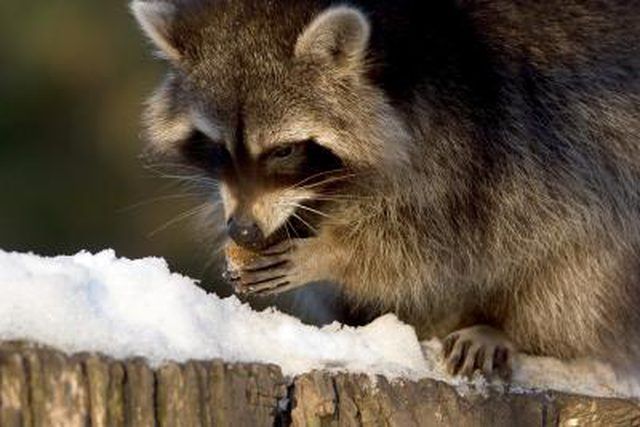Bulbs
Flower Basics
Flower Beds & Specialty Gardens
Flower Garden
Garden Furniture
Garden Gnomes
Garden Seeds
Garden Sheds
Garden Statues
Garden Tools & Supplies
Gardening Basics
Green & Organic
Groundcovers & Vines
Growing Annuals
Growing Basil
Growing Beans
Growing Berries
Growing Blueberries
Growing Cactus
Growing Corn
Growing Cotton
Growing Edibles
Growing Flowers
Growing Garlic
Growing Grapes
Growing Grass
Growing Herbs
Growing Jasmine
Growing Mint
Growing Mushrooms
Orchids
Growing Peanuts
Growing Perennials
Growing Plants
Growing Rosemary
Growing Roses
Growing Strawberries
Growing Sunflowers
Growing Thyme
Growing Tomatoes
Growing Tulips
Growing Vegetables
Herb Basics
Herb Garden
Indoor Growing
Landscaping Basics
Landscaping Patios
Landscaping Plants
Landscaping Shrubs
Landscaping Trees
Landscaping Walks & Pathways
Lawn Basics
Lawn Maintenance
Lawn Mowers
Lawn Ornaments
Lawn Planting
Lawn Tools
Outdoor Growing
Overall Landscape Planning
Pests, Weeds & Problems
Plant Basics
Rock Garden
Rose Garden
Shrubs
Soil
Specialty Gardens
Trees
Vegetable Garden
Yard Maintenance
Animals of the Ecosystem
Animals of the Ecosystem. An ecosystem can be divided into three main components. Producers, or plants, collect energy from the sun. Consumers and decomposers, or animals and insects, use this energy and return nutrients to the environment. Dead organic material and inorganic substrate contribute to the flow of energy by maintaining the cycle and...
An ecosystem can be divided into three main components. Producers, or plants, collect energy from the sun. Consumers and decomposers, or animals and insects, use this energy and return nutrients to the environment. Dead organic material and inorganic substrate contribute to the flow of energy by maintaining the cycle and acting as short term nutrient pools.
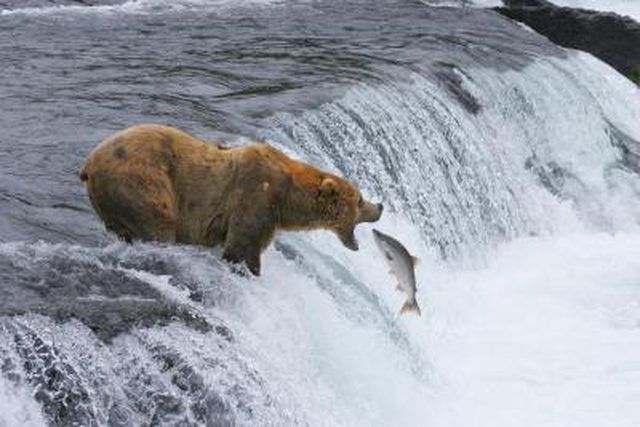
An ecosystem is defined as a community of organisms and the environment in which they inhabit which functions as an ecological unit. Examples of ecosystems include grasslands, forests and wetlands. Plants and animals evolve and adapt to the pressures of any given ecosystem. Together, they present a picture of a problem and a solution.
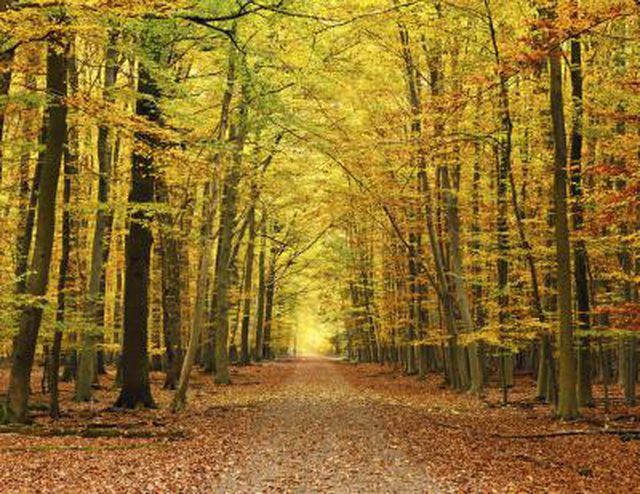
Essential processes occur in an ecosystem to make it sustainable over time. Using non-living components of sunlight, water, and carbon dioxide, plants will use photosynthesis to produce oxygen and sugar. Nutrients are returned to the ecosystem through decomposition. To further illustrate animals' role in the ecosystem, let's look closer at the temperate forest ecosystem.
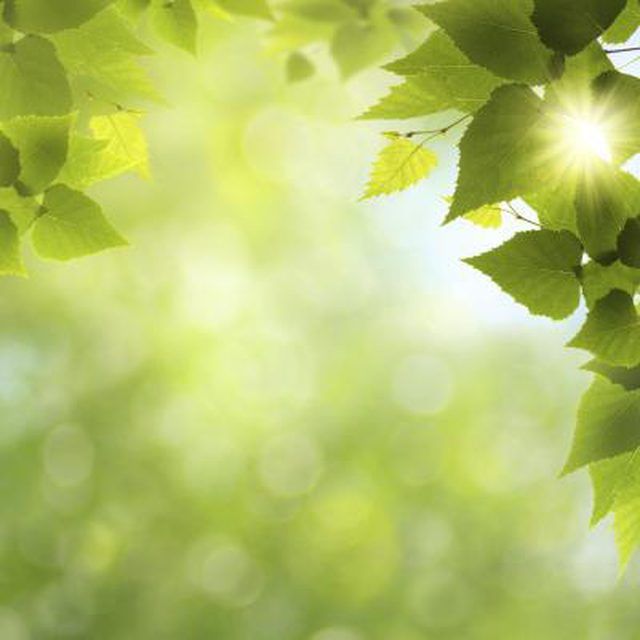
The forest ecosystem experiences a great exchange of nutrients. Animals of the forest include microbes in the soil. Litter-feeding arthropods including insects and spiders aid decomposition. Consumers include herbivores such as rabbit and deer which feed on plant materials. Omnivores feed on a variety of materials. They include non-predators such as raccoon and possum as well as predators such as coyotes and bear. These predators' diets will vary by season and food availability. Finally, carnivores include true meat eaters including bobcat and lynx.
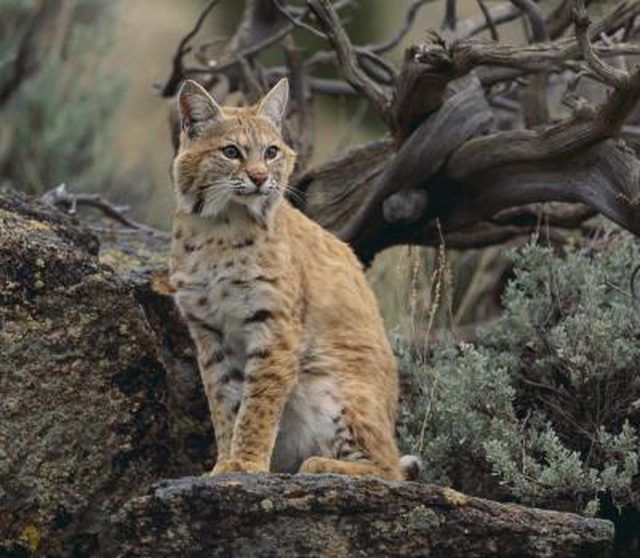
The relationships within an ecosystem are complex. Key to sustainability is adaptability. Animals of the ecosystem must be able to adapt to new pressures. For example, introduction of invasive species can impact food supplies. The forest ecosystem has had to adapt with such invasive plants as garlic mustard and buckthorn. Both of these plants can be extremely aggressive, crowding out native plants that form the food base for forest animals.
Animals must cope with pressures from man as well. Deer, for example, have virtually no natural predators in temperate forests. Consequently, populations have skyrocketed. While still a forest animal, deer have also adapted to suburban environments. Loss of coyote habitat has resulted in animals venturing into suburban areas too.
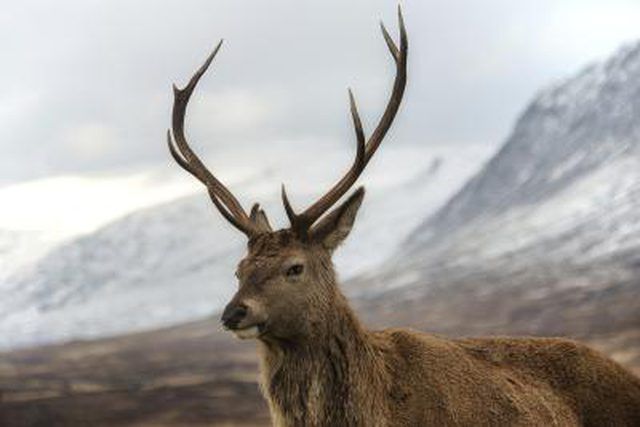
Animals are highly evolved for their particular ecosystem. A giraffe could no sooner thrive in the forest than a squirrel in a desert. Every animal has adapted for the specific stresses of their ecosystem.
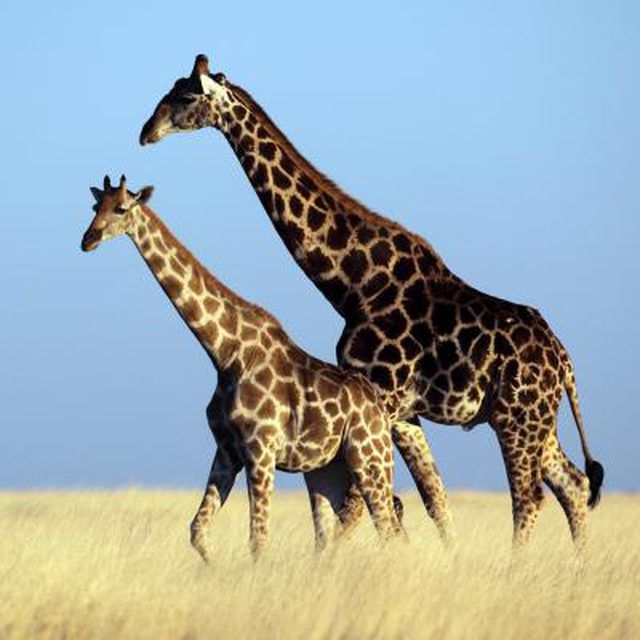
Animals are one component of an ecosystem. Their role as consumers helps maintain the cycle of energy in the environment and ensures the sustainability of their habitat.
